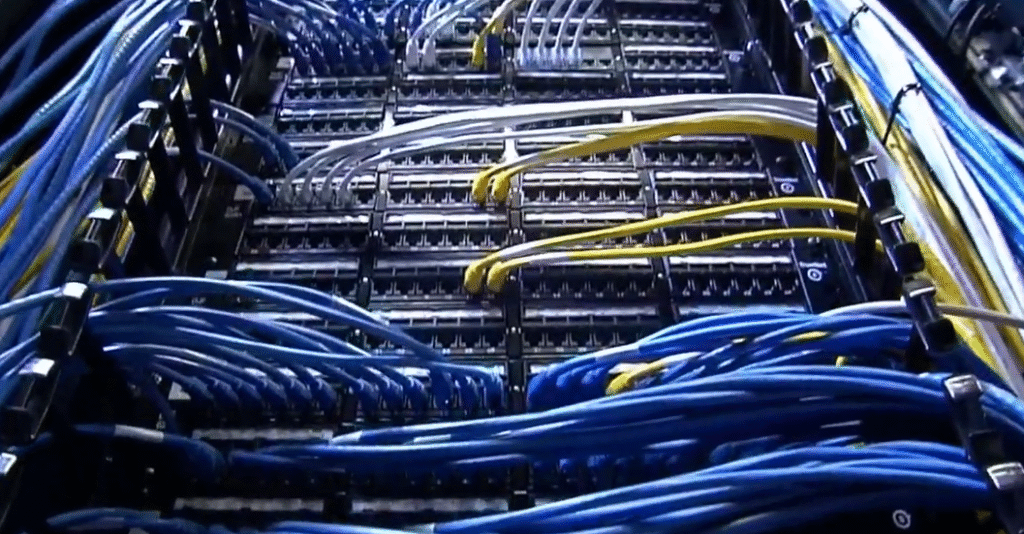The size of the Cencora settlement amount and its symbolic meaning have been the subject of intense scrutiny. Despite its size on paper, the $40 million fund must pay for plaintiffs’ service awards, legal fees, administrative expenses, and victim reimbursement. What is left over for patients after these deductions may seem insignificant, but the precedent it establishes is incredibly powerful in changing business practices throughout the healthcare sector.
Table: Cencora Data Security Settlement Information
| Category | Details |
|---|---|
| Company Name | Cencora, Inc. (formerly AmerisourceBergen) |
| Subsidiary Involved | The Lash Group, LLC |
| Industry | Pharmaceutical distribution and patient support services |
| Incident Date | February 2024 (disclosed Feb. 21, 2024 to SEC) |
| Settlement Amount | $40 million |
| Maximum Individual Payout | Up to $5,000 for documented losses (capped at $5M overall) |
| Alternative Payout | Pro rata cash payment (depends on valid claims filed) |
| Settlement Deadlines | Claim filing by Jan. 19, 2026; exclusion or objection by Dec. 18, 2025 |
| Final Approval Hearing | Feb. 5, 2026, U.S. District Court, Eastern District of Pennsylvania |
| Reference | Cencora Settlement Website |

Sensitive personal and health-related data—a type of information with exceptionally high sensitivity—was made public by the breach in February 2024. Hackers gained access to names, dates of birth, insurance information, and even medical diagnoses. This type of information is incredibly resilient, in contrast to stolen credit card numbers, which are interchangeable. Since it is permanently linked to a person once it is made public, the settlement raises both moral and financial concerns.
The settlement’s architecture was thoughtfully planned. Although patients who can provide evidence of direct losses may file claims up to $5,000, the pool may significantly reduce if claims increase because the total cap is $5 million. Pro rata payments are another option, guaranteeing that even people without recorded expenses are compensated. The settlement becomes extremely adaptable by providing two pathways, allowing victims with different experiences of harm to be accommodated.
Over $13 million will go toward attorneys’ fees, meaning that a sizable amount of the fund has already been spoken for. Advocates point out that without legal teams devoting years to the case, litigation itself would not have progressed, despite detractors’ claims that this lowers compensation for victims. Despite being controversial, the trade-off illustrates the larger reality of class action lawsuits, where accountability frequently comes at a price.
A large corporation has had to face this kind of reckoning before. Although the payout seemed enormous when Equifax reached a settlement of almost $700 million following its significant hack, individual victims frequently received very little. The Cencora settlement sum is remarkably comparable to the alleged harm, highlighting the way settlements strike a balance between public perception and corporate resources. Patients’ perceptions of justice, however, are based on whether the business takes meaningful action to stop future violations rather than just financial compensation.
Cencora has pledged more than just monetary compensation. The business pledged to improve cybersecurity, employ professionals to bolster defenses, and implement monitoring procedures that are far more effective than its previous setups. Although it is unclear if these gains will be particularly long-lasting, the settlement brings systemic reform and financial accountability into line.
The repercussions go beyond medical care. Lawmakers have recently redoubled their demands for more robust federal privacy laws, claiming that the disjointed state-level safeguards leave too many holes. The $40 million settlement amount paid by Cencora has been cited as evidence of the company’s vulnerability as well as a reminder of the special advantages of national standards. The discussion reflects those spurred by celebrity scandals involving the leakage of private communications or personal information, demonstrating the cross-industry resonance of privacy violations.
The case serves as a reminder to regular patients of how brittle trust can be. Confidentiality is more important in the healthcare industry than in most others. It takes a lot of work to regain confidence when that bond is broken. The settlement sum becomes more than just a number on the ledger; it becomes a component of the patient’s account of their level of protection. Patients now act as inadvertent advocates for more robust systemic protections, much like celebrities who experience privacy violations use their platforms to push for reform.
According to some, the settlement is surprisingly cheap for a business that manages almost 20% of the distribution of pharmaceuticals in the United States. It may seem like a small amount when compared to settlements in technology or finance. However, because the information revealed was so private, the symbolic significance is increased. Even a modest monetary payment may feel like acknowledgment of the harm suffered by patients, but for Cencora, the reputational risks are still much greater.
The timeline also illustrates how slowly justice is served. Final hearings are set for February 2026, and claims must be submitted by early 2026. In contrast to the immediate financial loss they might have experienced when data was stolen, victims will probably have to wait months after that to see actual payments. However, the slow pace guarantees equity and permits thorough verification.
The healthcare industry now joins a list of industries learning the same lesson: prevention is less expensive, quicker, and more efficient than remediation. This is because this settlement is placed alongside others, such as Target’s retail breach, Capital One’s banking breach, and Meta’s privacy cases. One day, the Cencora data breach might be more known for inspiring long-overdue investments in patient data protection than for the size of the settlement.

